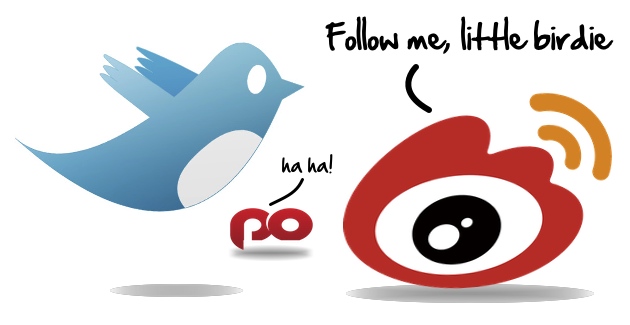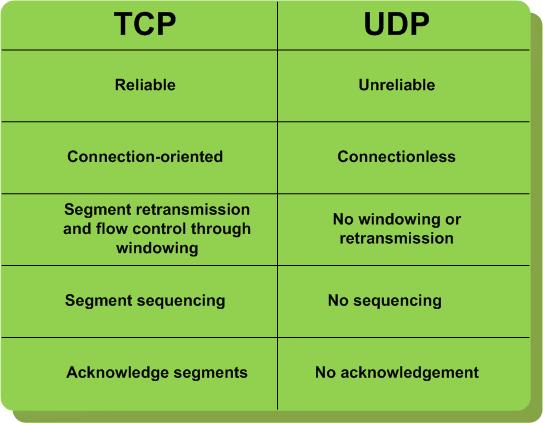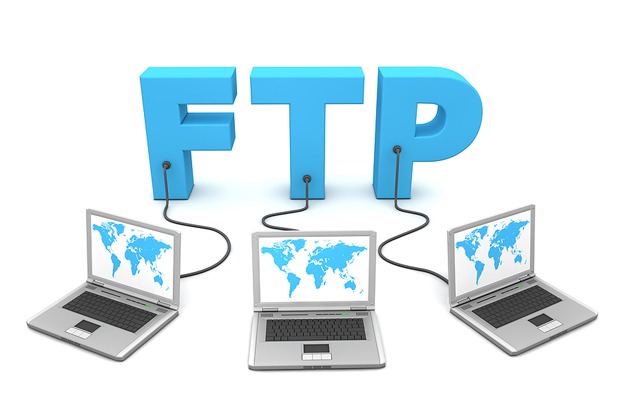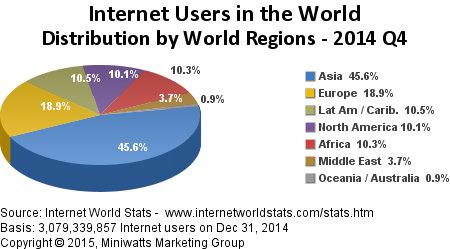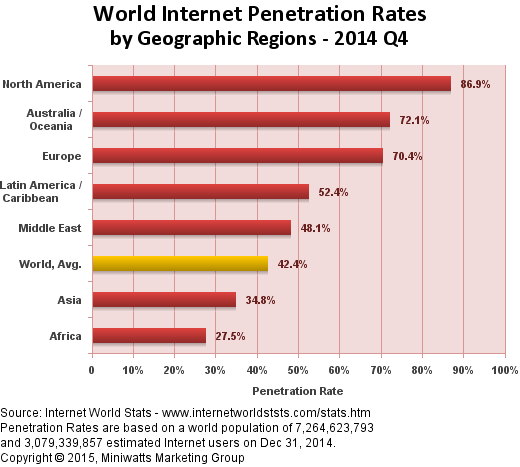Ciao a tutti, setelah sempat menghilang dari blog ini, saya kembali dengan sebuah post yang "fresh" yaitu Android Programming.
Hal pertama yang harus dipersiapkan dalam Pemrograman Android adalah "peralatan tempur" sebagai berikut:
Ketiganya dapat Anda download langsung dengan meng-klik tulisannya. Adapun tools lainnya yang akan mendukung dalam pengembangan aplikasi Android, yaitu:
- Teks Editor, rekomendasi: Sublime atau Atom, dibandingkan Notepad++ kedua teks editor ini menyediakan fungsionalitas untuk manajemen package, jadi ya mantep aja sih wkwk.
- IDE Java, rekomendasi: IntellJ Idea, karena tools ini adalah pembangun Android Studio, jadi ya strukturnya sama lah kira-kira.
- Android Emulator, rekomendasi: Genymotion, sebenernya di Android Studio udah ada emulatornya sendiri sih, cuma ya kalo mau nunggu 1 tahun buat di running-nya mah sok aja atuh :(.
- HP Android + Kabel Data, ini rekomendasi yang paling sip kalo punya HP Android, kalo punya HP-nya kenapa harus pake emulator? :D
Untuk instalasi, urutannya sih JDK & JRE dulu baru Android Studi & SDK-nya. Install-nya seperti menginstal software-software lain, tinggal disesuaikan dengan OS yang Anda gunakan.
Sebelum langsung menuju pengembangan aplikasi android, kita setidaknya harus tau konsep dasar Pemrograman Berbasis Objek dengan Java. Ada beberapa konsep dasar yang harus dipahami yaitu:
- Inheritance
- Overriding
- Polymorphism
- Abstraction
- Encapsulation
- Interfaces
- Packages
Terimakasih. Grazie mille.
Referensi:
http://www.oracle.com/technetwork/java/javase/
http://developer.android.com/sdk/index.html
http://www.tutorialspoint.com/java/
Referensi:
http://www.oracle.com/technetwork/java/javase/
http://developer.android.com/sdk/index.html
http://www.tutorialspoint.com/java/

